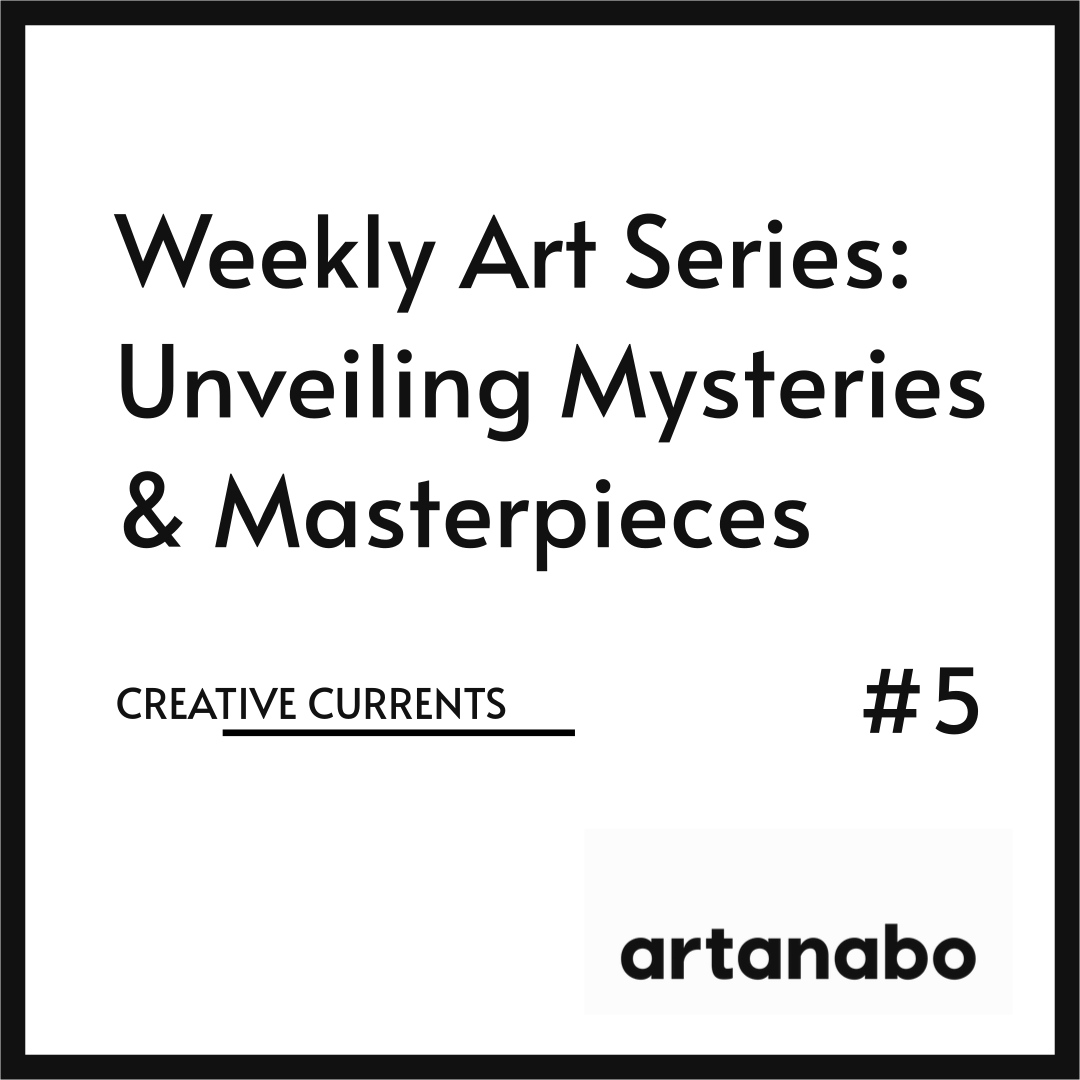Artificial Intelligence Reveals Hidden Secrets in Renaissance Art In a remarkable fusion of cutting-edge technology and classic art, the University of Bradford’s scientists, led by Hassan Ugail, are revolutionizing our understanding of Renaissance masterpieces. Their latest project involves the iconic “Madonna della Rosa” by Raphael, housed in Madrid’s Museo del Prado. Long the subject of scholarly debate, particularly regarding the authenticity of its figures, this painting has now been analyzed using an AI algorithm. This tool, which boasts a 98% accuracy in distinguishing genuine Raphael works from imitations, examines over 4,000 parameters, including brush strokes and color palettes.
The team’s discoveries have been nothing short of revolutionary. The AI confirmed that the Madonna, Christ Child, and St John the Baptist were indeed Raphael’s work, but surprisingly, St Joseph was not. This finding adds a significant twist to the ongoing discourse on the painting’s authenticity and reveals much about the collaborative practices in Renaissance workshops. Ugail’s AI, which previously authenticated the “de Brécy Tondo,” continues to challenge traditional art historical methods, showcasing AI’s potential in art authentication and historical analysis.
Van Gogh’s Final Blaze of Creativity: His Most Productive Months The last few months of Vincent van Gogh’s life, spent in the quaint French village of Auvers-sur-Oise in 1890, represent a paradox. This period, marked by personal turmoil and mental distress, was also his most artistically prolific. In Auvers-sur-Oise, under the care of Dr. Paul Gachet and close to his brother Theo, Van Gogh found a peaceful yet stimulating environment. This contrasted starkly with his time in the asylum at Saint-Remy-de-Provence.
In merely two months, Van Gogh produced around 74 paintings and over 50 drawings, including the foreboding “Wheatfield with Crows.” His “Landscape at Twilight,” a portrayal of a sunset over Auvers, stands out not only for its size but also its symbolic resonance. Painted a month before his death, it serves as a poignant farewell from the artist.
Van Gogh’s works from this period, characterized by vibrant colors and dynamic brushstrokes, continue to captivate and touch audiences worldwide. They offer a glimpse into the soul of a genius grappling with inner demons, yet capable of creating profound beauty. His final resting place in Auvers-sur-Oise, beside his brother Theo, is a somber reminder of his tragic end and unfulfilled life.
Banksy’s Iconic Artwork Renamed: ‘Girl Without Balloon’ The art world remains fascinated by Banksy’s iconic ‘Girl with Balloon’, which underwent a dramatic transformation at a Sotheby’s auction in 2018, partially shredding itself and being reborn as ‘Love is in the Bin’. In a recent development, this piece has been renamed ‘Girl Without Balloon’, as showcased in the “Love in Paradise: Banksy and Keith Haring” exhibition in South Korea.
This renaming by Banksy’s studio, Pest Control, adds to the artwork’s mystique. Buckley Wood’s commentary to The Korea Times suggests that this act could symbolize the birth of a new painting, aligning with Banksy’s view of art as dynamic and evolving. The shredding and renaming not only altered the physical artwork but also its narrative and interpretive context.
Banksy’s ongoing redefinition of ‘Girl with Balloon’ reflects his unique approach to art, challenging traditional notions of permanence and value. This ever-evolving narrative ensures the piece remains a significant and provocative presence in contemporary art discussions.


